Submitted Review
Spring 1883 VII: Jacob Hoerner Galleries and MARS Gallery
‘…a potent ingredient in the art experience recipe: the place of presentation, the context of physical space…’
We are not the gods of our own destinies. The seventh iteration of the annual Spring 1883 Art Fair could not proceed (again) in Melbourne due to the pandemic. Galleries from Sydney, Melbourne, Brisbane, and New Zealand would have filled the city’s iconic 19th century Windsor Hotel’s faded glory with provocative contemporary art, ideas and drama. (And, of course, the highly anticipated art fair essential – the champagne-flowing big shivoo). Hope springs eternal though, with the fair presented online at Artsy for the month of August and select Melbourne participants reconfiguring their “real-life” spaces swiftly to offer Melburnians a substitute experience in various spaces around the city. A taster of what could have been unintentionally highlights why Spring 1883 has become so popular with emerging art enthusiasts as well as seasoned collectors.
So, street maps out and off to the satellites.
Jacob Hoerner Galleries
1 Sutton Place, Carlton
4 & 5th August 6 – 8 pm
You will have one more chance to see Jacob Hoerner Galleries Spring 1883 presentation tonight. Visiting Wednesday evening I see no trace of effort to what would have been an angst-filled hour of de-installing David Palliser’s solo show and installing the Spring iteration. Thursday, Palliser’s show will be up again, and this (de-, re-?) transformation will be repeated for Thursday evening. Valiant!
Standing in the traditional gallery white cube – white walls, concrete floor – viewing the works selected for their thwarted short-stay accommodation, it is clear how one’s interaction with art is affected by the physical space in which it exists and in which the viewer experiences it. Pondering on their intended journey out of the white cube and into a completely different space designed for domestic behaviour where they would exist amongst ghosts of glamourous visitors, eliciting excitement of experiential discovery as art fair visitors wandered through rooms, entering bathrooms to find incongruous placements of thought and emotion-provoking artworks, it immediately reinforces the why of Spring 1883’s success – it’s fun.
I feel for these works, missing out on their adventure; for us, missing out on seeing them beyond the confines of the white cube. The change of presentation space means a change in exhibition design and intent. Alex Hamilton’s Things which shorten tedious days from a tedious eye break down the I before we discover how to burn down the sun, a mixed media drawing/painting affixed to a soft black doona was to be presented on a bed in a hotel room. A cheeky, mysterious delight for visitors. Now more conventionally presented squarely up on a white wall. The playfulness with which the context would have provided disappears, although the composition itself, I suspect, prefers being upright. It exerts a potent intellectual seriousness of philosophical and observational consumerism, self-annihilation, ecological disaster and the existential panic that comes with such musings. Less overt for being stripped from the bed are potential references to the British artists Stuart Home and Tracey Emin. Hamilton, an Australian artist who worked and exhibited in Europe for many years, incorporates a multiverse of references in his work: literature, architecture, philosophy, science. Two of Hamilton’s drawings on show were hoped to be discovered by art fair visitors when opening hotel cabinet drawers, now humbly affixed to the wall. The artist controls multiple perspectives, playing with our understanding of architectural space, or rather the outcome of potential design. The built environment is underneath us, in the air, in culture, the perception that built space exists only on the terrene is a deception. The work is sophisticated, demanding and intriguing.
Sean Hogan’s reductive abstract digital prints, saturated, glossy, slick and contemporary, would have acted as a contrast to the grand hotel’s décor. I imagine their missed opportunity of time travel would have been an enjoyable and refreshing juxtaposition.
Presenting photo media, video, drawings, paintings. The presentation at Jacob Hoerner Galleries also includes works from the estates of Andrew Sibley and John Lennox from the late 1970s. Sibley was a well-known and admired figure in Melbourne, as teacher and artist. Lennox’s work is lesser known, and completely new to me. The Red Phone Box (1978) (Lennox’s figurative painting in oil) is a surreal Freudian, sweven-like composition that speaks of personal psycho-sexual depths – elusive, compelling, accomplished and so fresh it looks like it could have been painted in the midst of Covid lockdown rather than 40-odd years ago.
Wonderful stop-motion video work by Melbourne based New Zealand artist Rebecca Agnew found a projection wall behind the Hamilton doona, don’t miss that. Belvedere, an individual photographic print of Hannah Goldstein’s 2014 window performance in Berlin, provides some mystery for querying minds. This work was to be presented with its video documentation of the performance in the bathroom at the Windsor.
One fellow art goer expressed the drive of going out and coming together to view art as the phenomenological experience. Experiencing art IRL, particularly discussing our emotions and thoughts that these experiences elicit, that’s the power of physical presentations and iterations, and why the community adapts and survives.
MARS Gallery
7 James Street, Windsor
4 – 7th August
10 am – 4 pm
Mars Gallery installed selected works intended for Spring 1883 in their upstairs space. Another admirably swift upheaval that ensures their group show Light and Dark continues downstairs. With a relatively large selection of varied media by 14 artists, Andy Dinan, director and curator of the intended Windsor presentation, has had to edit out some work from the physical space and has also missed out on the enjoyment of seeing the work placed in its intended context.
Again, art’s intent and impact differ by their redirection into a traditional gallery space. Of particular note is the large body of work by young Melbourne artist Kenny Pittock. Relatively new to the Mars stable he has won a place of fondness in the Melbourne art community. His visual spoonerisms, quips, puns and one-liners are undoubtedly suited to the playful nature (or wry irony?) of spatial dialogue in Spring 1883. Instead of his ceramic, realistic, neatly folded blue pyjamas placed on a pillow they now sit on a white plinth. The ceramic TV screen is permanently tuned to Sky News, albeit with more truthful coverage: silent, with a perennially static cloudy blue sky. Newspapers, chocolates from the mini-bar, hot water bottle, insecure pen, tv screen, pizza – everything a contemporary hotel guest would need, although inedible, unwearable, and side-stepping reality. Out of context here they make an easy-to-visualise bit of hankering back to the Windsor suites.
Eliza Goss’s three paintings of suburban 20th century architecture in modest scale sit with partnered tapestries which represent the imagined carpets of their interiors. Flat, stylised, devoid of humans they show influences of Joanna Lamb, Noel McKenna, David Hockney. The tapestries, woven by hand with her mother, are of different scale to their painted partners, but they work. Really well. Not that I believe the inhabitants of these depicted interiors would be so design-forward as to have the suggested carpet, that’s probably wishful thinking. They act more so as interpretations, re-enactments of the architectural design in graphic, fabric format. They also tie with the textile zeitgeist in contemporary art – more to be seen at Sarah Scout Presents “satellite booth” in the work of Lisa Young.
Scotty So was set to make a performance that would relate to his video and installation work. Associations with context are lost again – art historical references transformed into garment objets would have been at home in the hotel room/wardrobe. Dialogue on culture, race, gender, would have been enriched further by the domestic space. It is a potent ingredient in the art experience recipe: the place of presentation, the context of physical space, and how the artist, curator and the viewer are impacted and influenced by it.
Scotty So’s performance will proceed at Mars Gallery on the evening of Thursday 5th August.
Update: As of 8 pm Thursday 5th August Melbourne entered Covid-related Lockdown for at least 7 days. The Spring 1883 physical satellite booths have closed. Spring 1883 remains accessible online at ARTSY for the month of August. Some galleries might be planning to re-open the art fair presentations after the lockdown – visit the gallery websites directly for information regarding future accessibility.
MS
Marielle Soni
Due to the swiftly changed circumstances of Spring 1883 check with the galleries and venues for the most recent opening hours, event times and Covid safe protocols.
Images 1 – 5: Jacob Hoerner Galleries.
Images 6 – 10: MARS Gallery
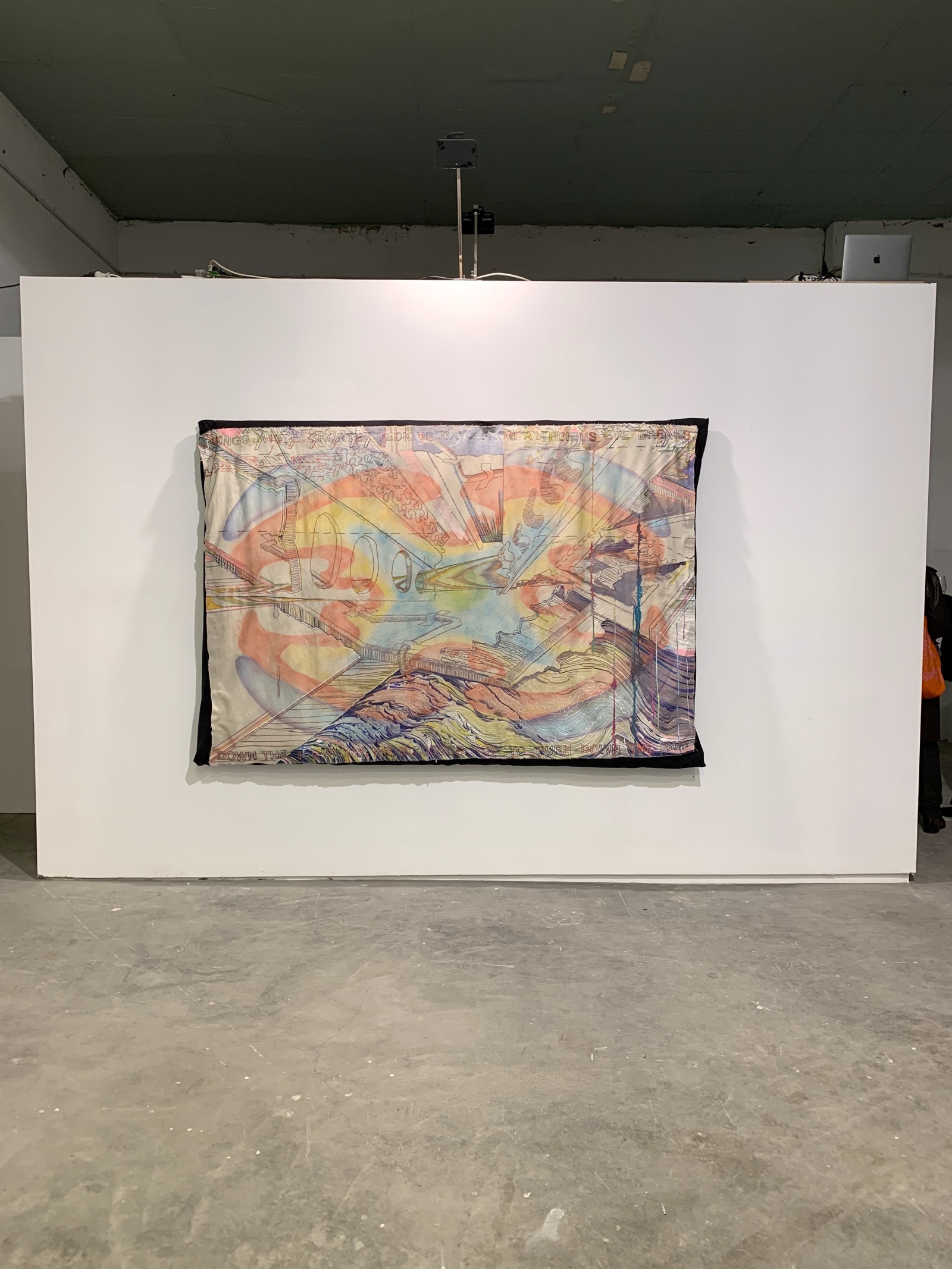
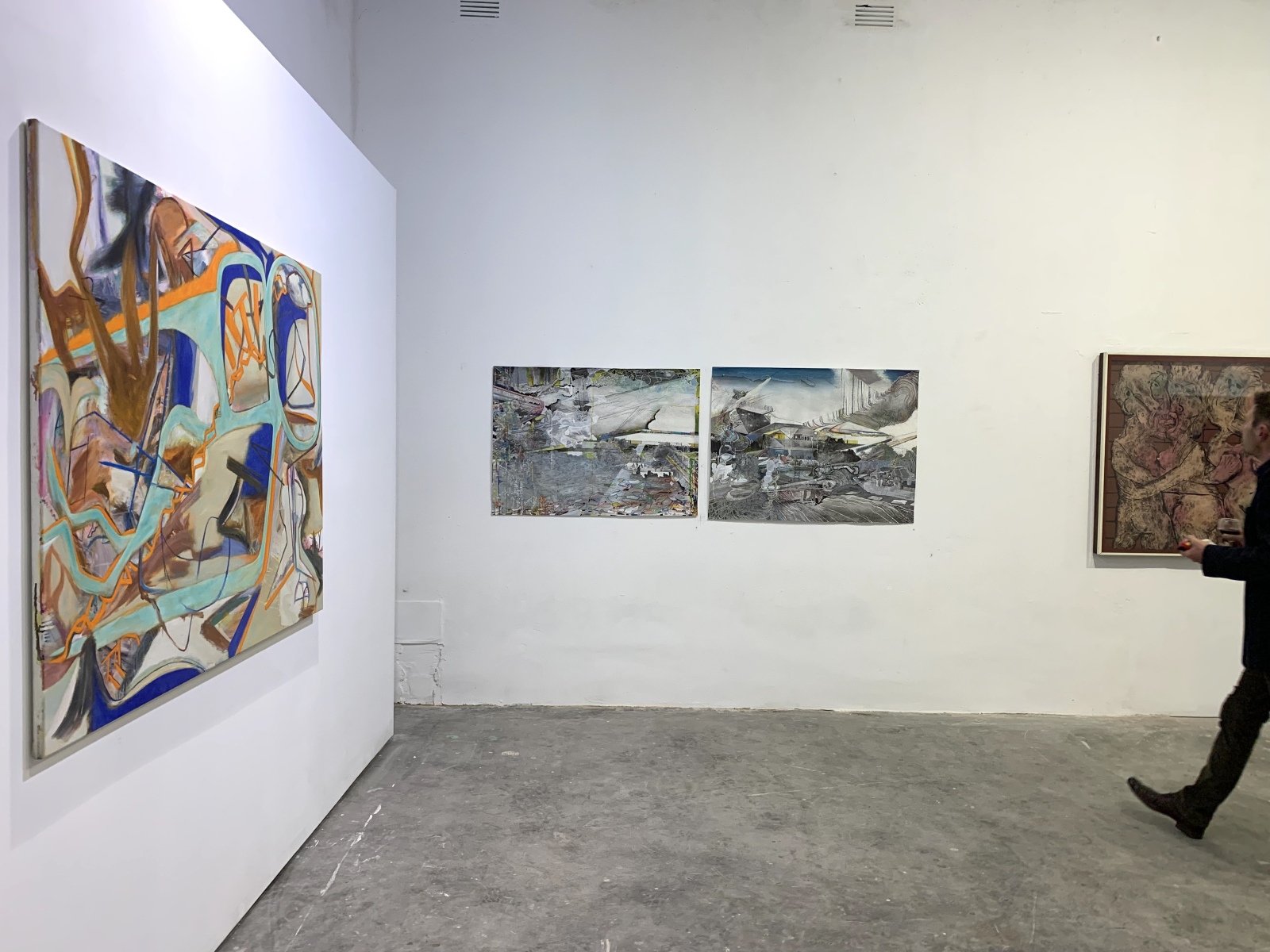
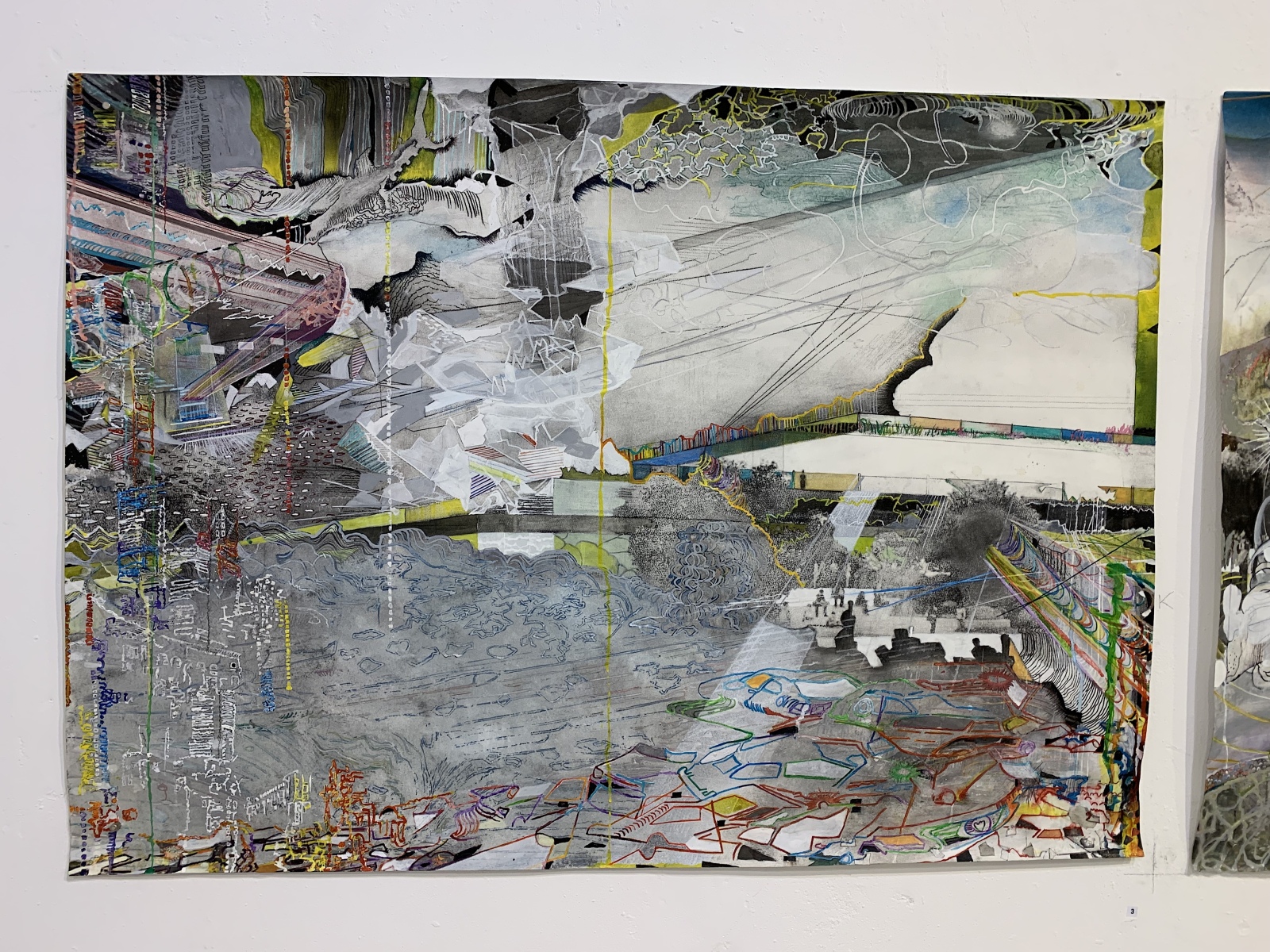
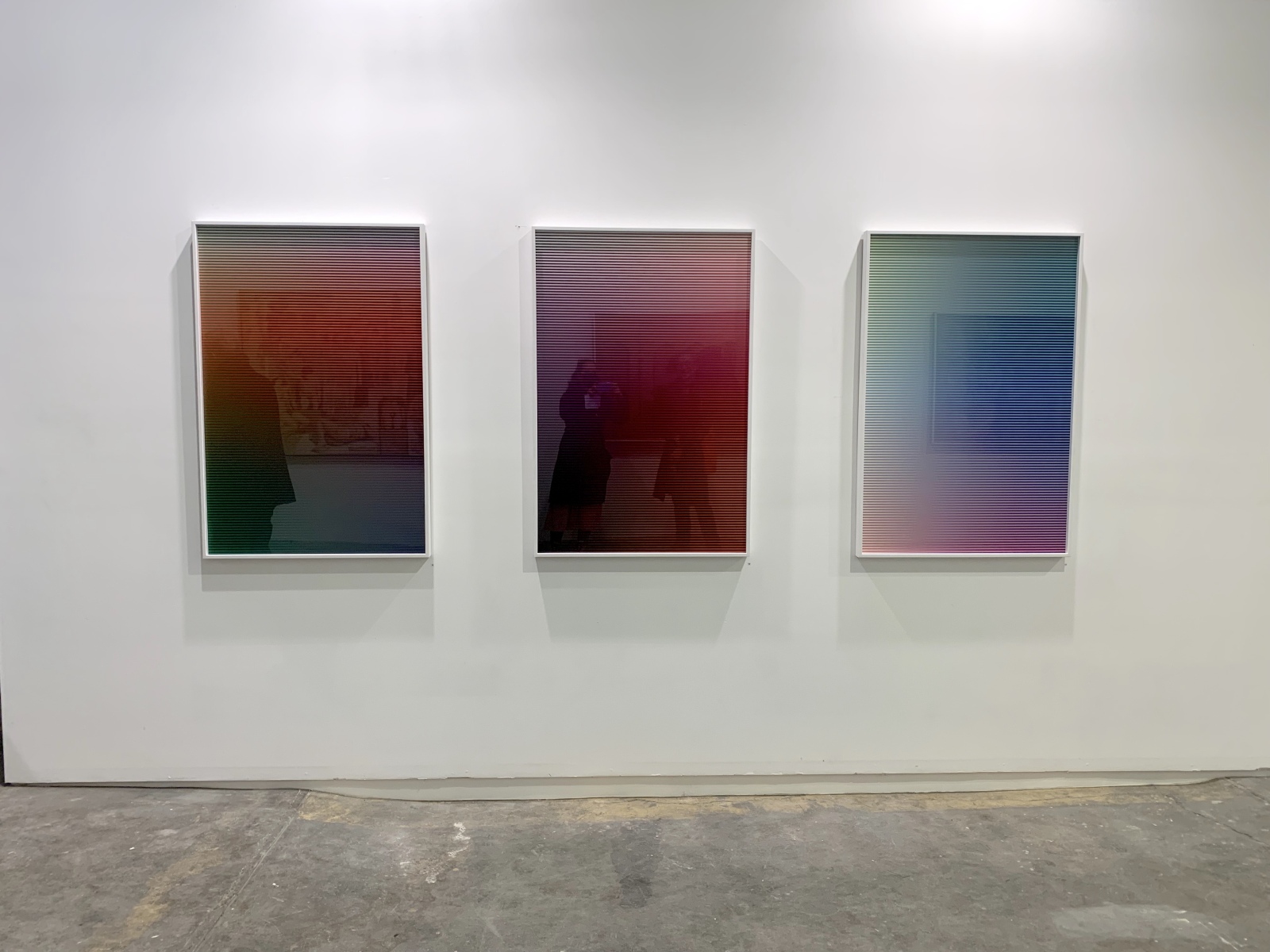
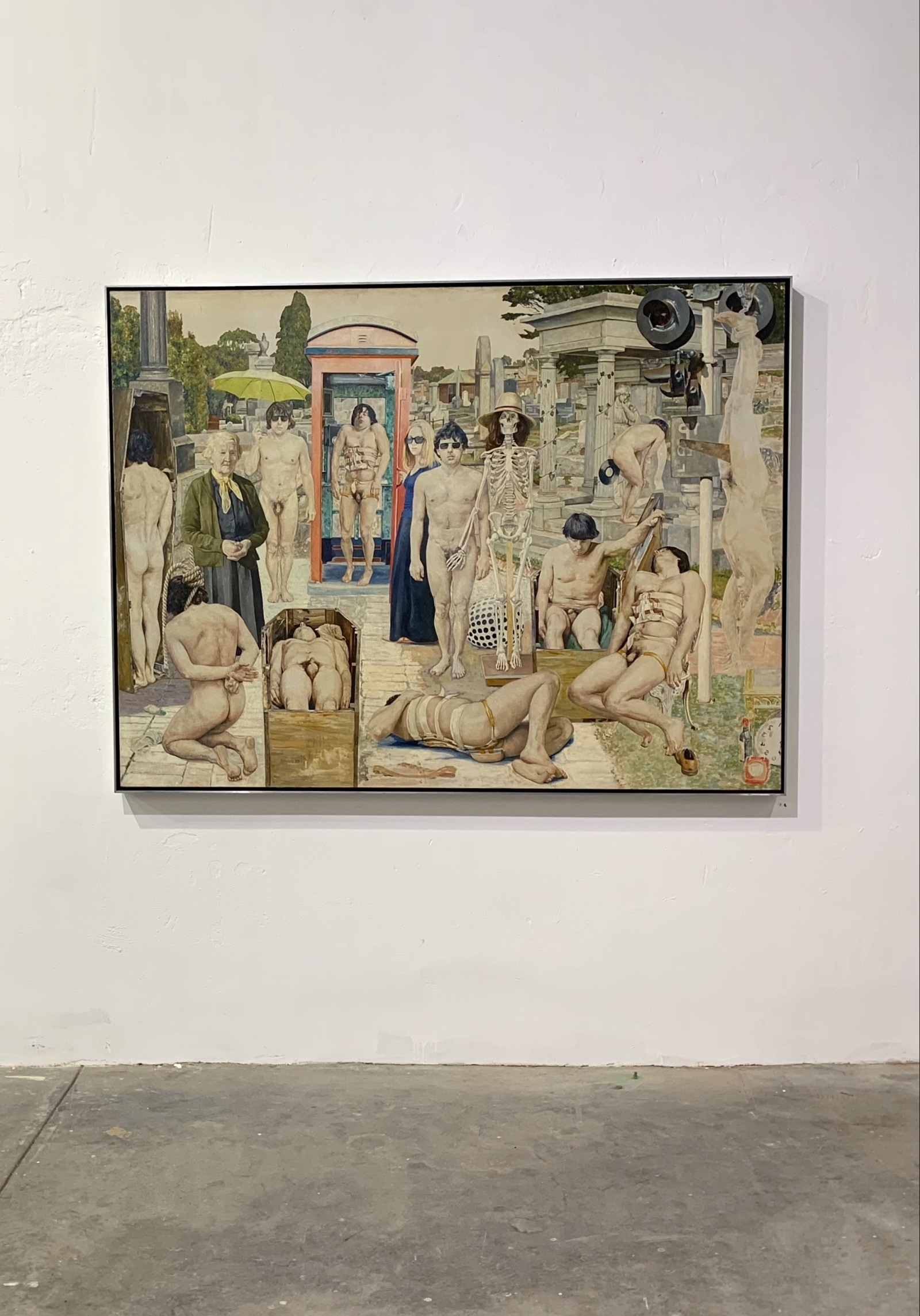
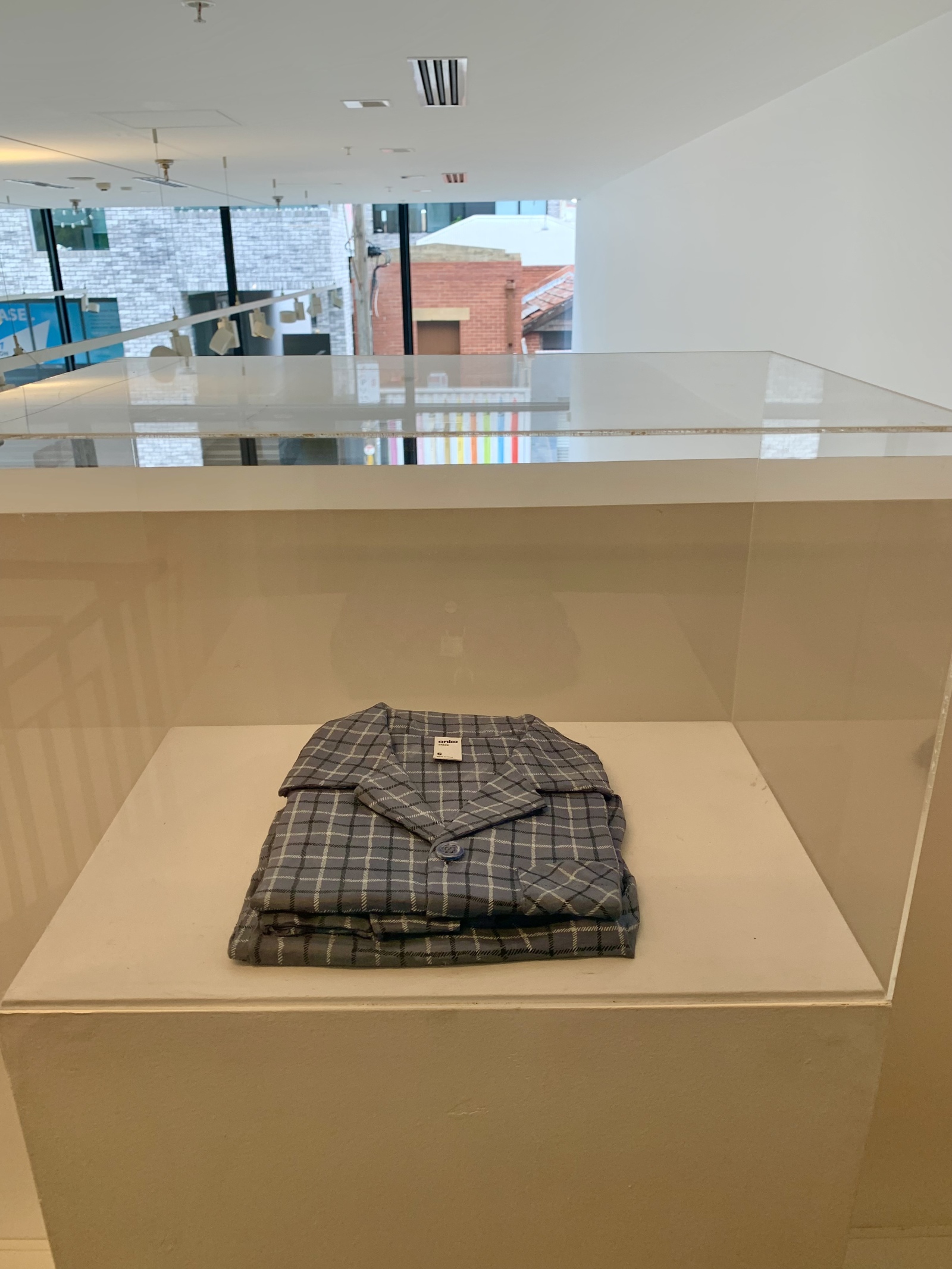
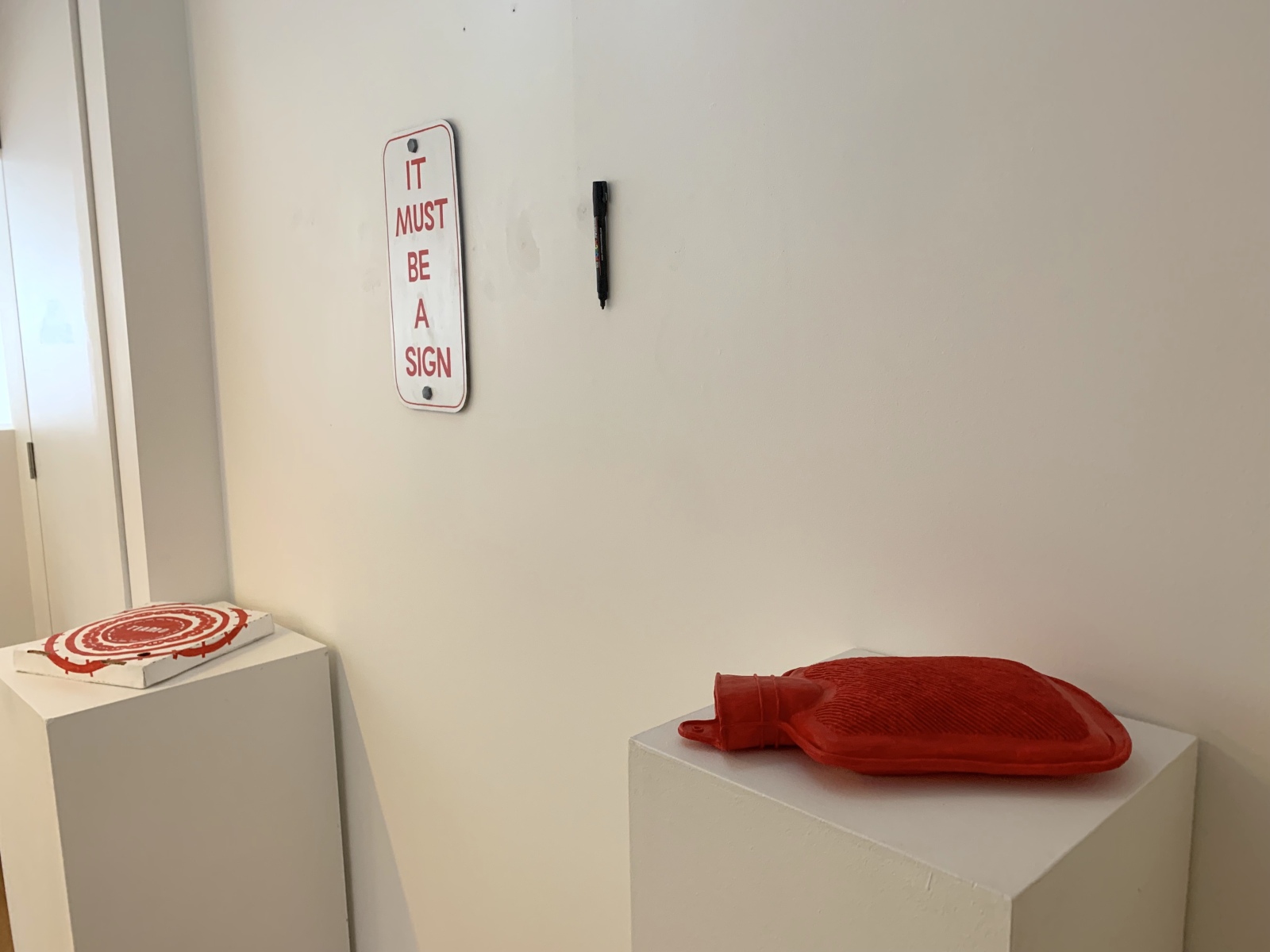
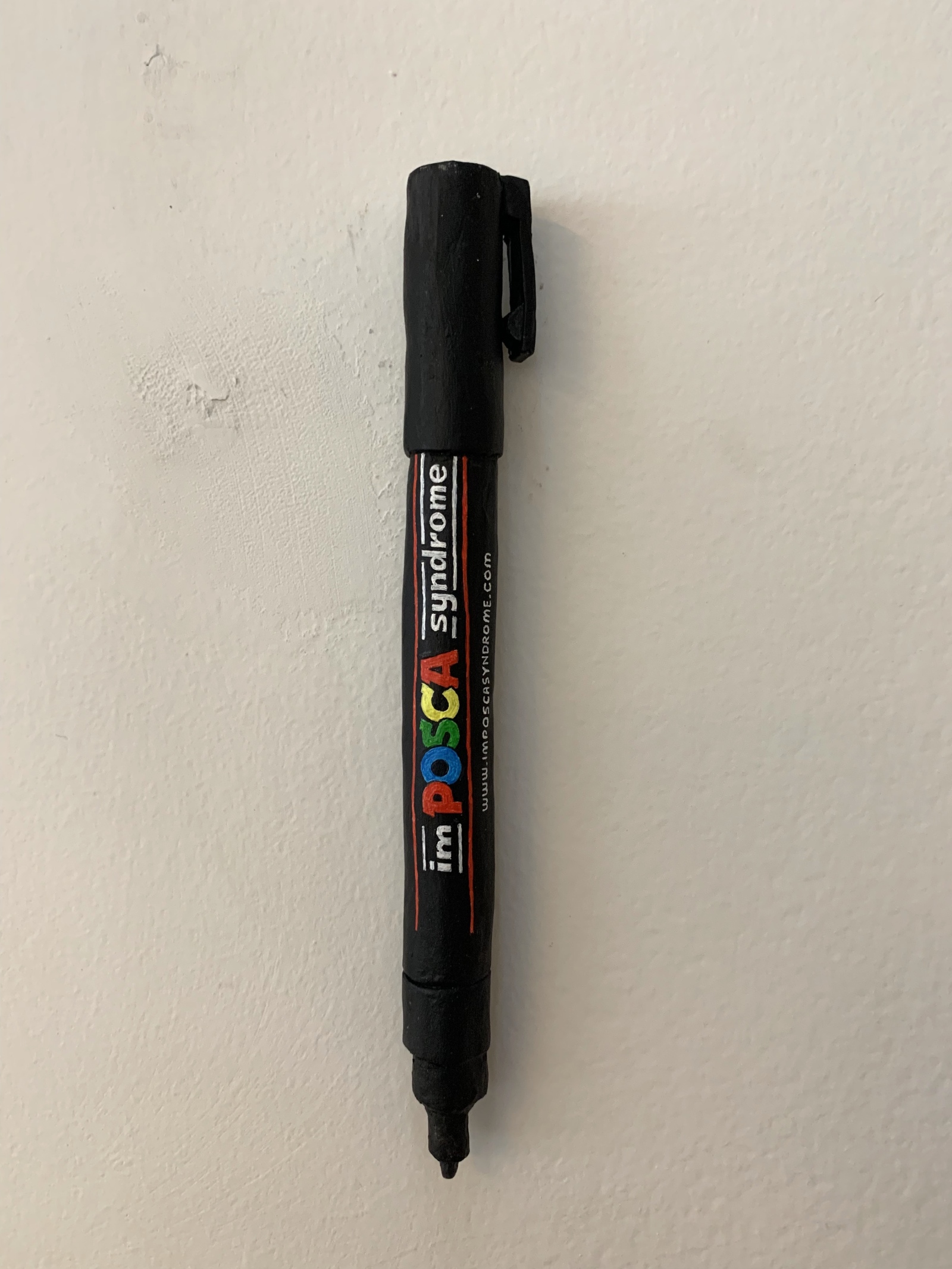
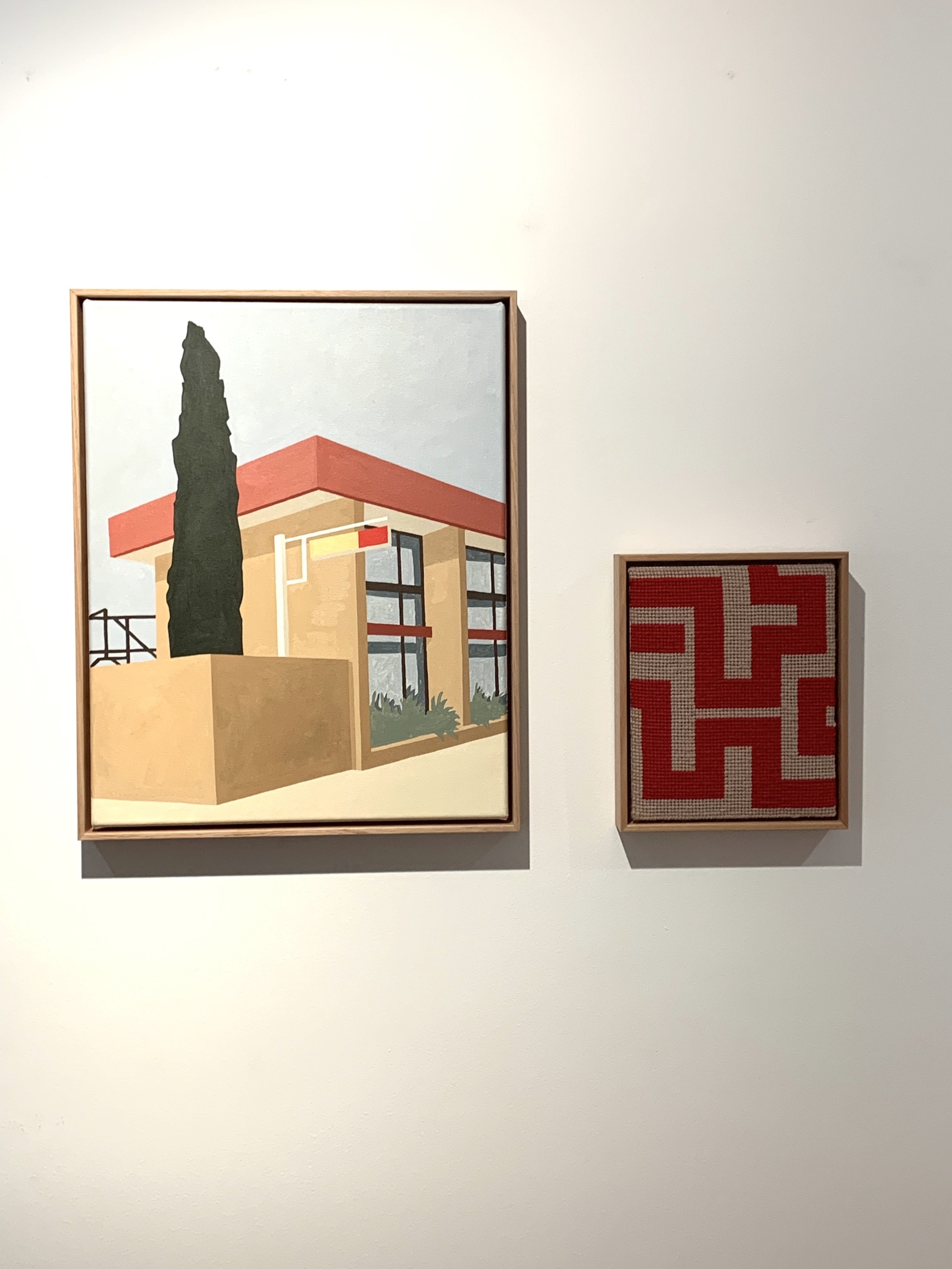
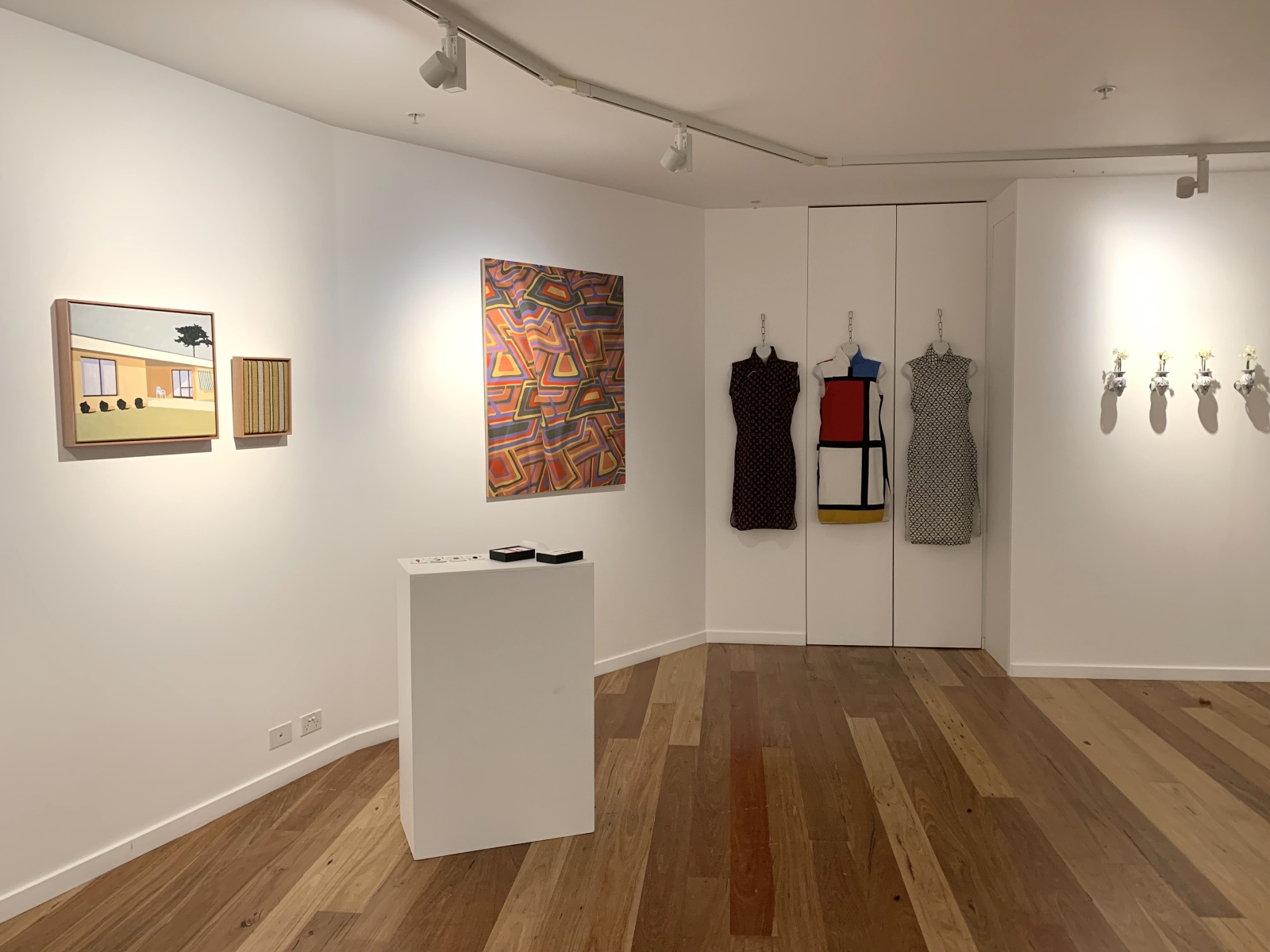
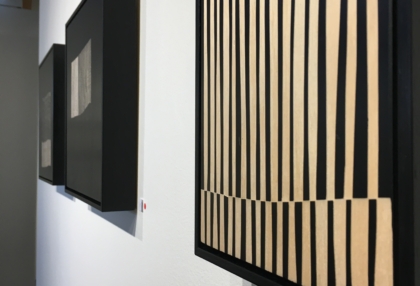
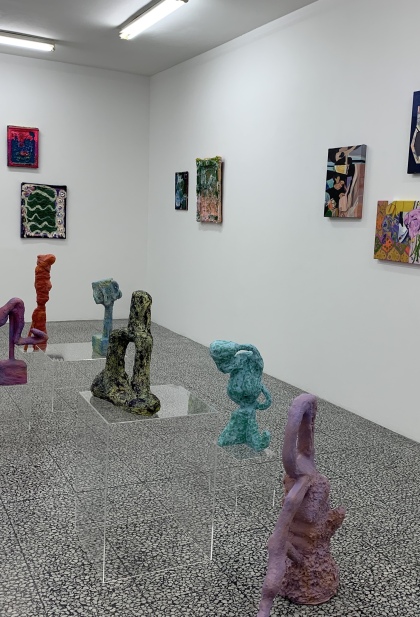
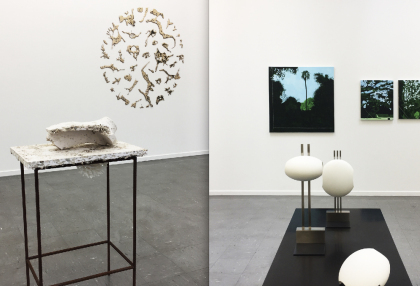
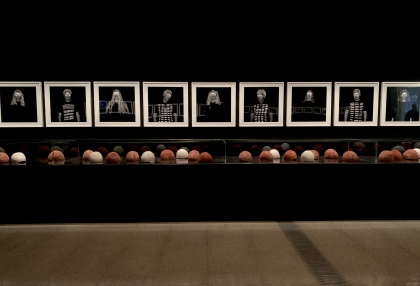
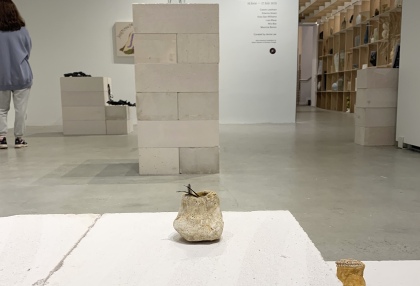
No Comments